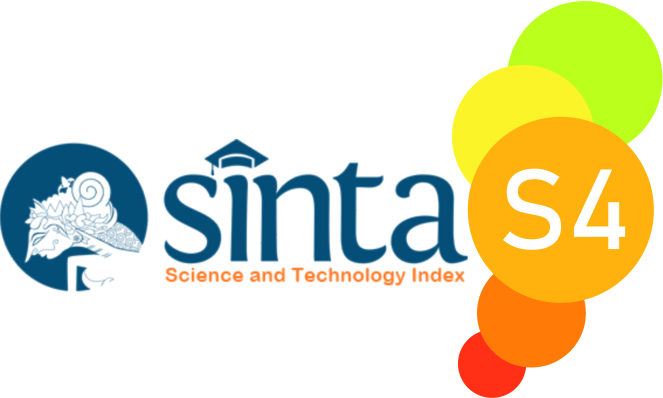Relationship Between Climate Class and The Learning Outcomes of Light Vehicle Engineering Training Participants in The Padang Jobs Training House
 ), Wisroni Wisroni(2),
), Wisroni Wisroni(2), (1) Universitas Negeri Padang
(2) Universitas Negeri Padang
 Corresponding Author
Corresponding Author
DOI : https://doi.org/10.24036/spektrumpls.v9i2.112266
Full Text:
 Language : en
Language : en
Abstract
References
Aini, W. (2006). Bahan Ajar Konsep Pendidikan Luar Sekolah. Padang: PLS FIP UNP.
Arikunto, S. (2016). Prosedur Penelitian: Suatu Pendekatan Praktik. Jakarta: Rineka Cipta.
Darmiati. (2014). Meningkatkan Hasil Belajar Ipa Melalui Penerapan Metode Ceramah Plus Demonstrasi Dengan Materi Bagianbagian Tubuh Di Kelas I Sd Negeri 5 Bies Kabupaten Aceh Tengah T.P 2013/2014. 145155.
Latief, K. A. (2013). Analisis Koefisien Korelasi Rank Spearman. Analisis Koefisien Korelasi Rank Spearman, 127.
Masum, muhammad asrosi. (2017). Pendidikan Luar Sekolah. Jurnal Penelitian Dan Kajian Keislaman, 91, 399404.
Nasution, I. N. &, & Syaf, A. (2018). Hubungan Iklim Kelas terhadap Motivasi Belajar Siswa SMK Abdurrab. PSYCHOPOLYTAN (Jurnal Psikologi), 1(2), 98110.
Priyono. (2016). Metode Penelitian Kuantitatif. Sidoarjo: Zifatama Publishing.
Purwanto, N. (2011). Psikologi Pendidikan. Bandung: Remaja Rosdakarya.
Sanjaya, W. (2014). Strategi Pembelajaran. Jakarta: Kencana Prenada Media Group.
Sudjana, D. (2015). Pendidikan Luar Sekolah: Falsafah, Dasar Teori, Pendukung Azaz. Bandung: Fallah Production.
Sudjana, N. (2016). Penilaian Hasil Proses Belajar Mengajar. Bandung: Rosdikarya.
Sudjana, N., & Ibrahim. (2007). Penelitian dan Penilaian Pendidikan. Bandung: Sinar Baru Algesindo.
Sugiyono. (2017). Metode Penelitian Kuantitatif, Kualitatif, dan R&D. Jakarta: Alfabeta.
Sunarti, V. (2014). Peranan Pendidikan Luar Sekolah Dalam Rangka Mitigasi Bencana. II, 3141.
Undang-Undang Republik Indonesia Nomor 13 Tahun 2003 tentang Ketenagakerjaan. (2003).
Widoyoko, S. E. P. (2014). Evaluasi Program Pembelajaran: Panduan Praktis bagi Pendidik dan Calon Pendidik. Yogyakarta: Pustaka Belajar.
Yusuf, A. M. (2016). Metode Penelitian Kuantitatif, Kualitatif & Penelitian Gabungan. Jakarta: Prenadamedia.
 Article Metrics
Article Metrics
 Abstract Views : 208 times
Abstract Views : 208 times
 PDF Downloaded : 51 times
PDF Downloaded : 51 times
Refbacks
- There are currently no refbacks.

This work is licensed under a Creative Commons Attribution-NonCommercial 4.0 International License.



